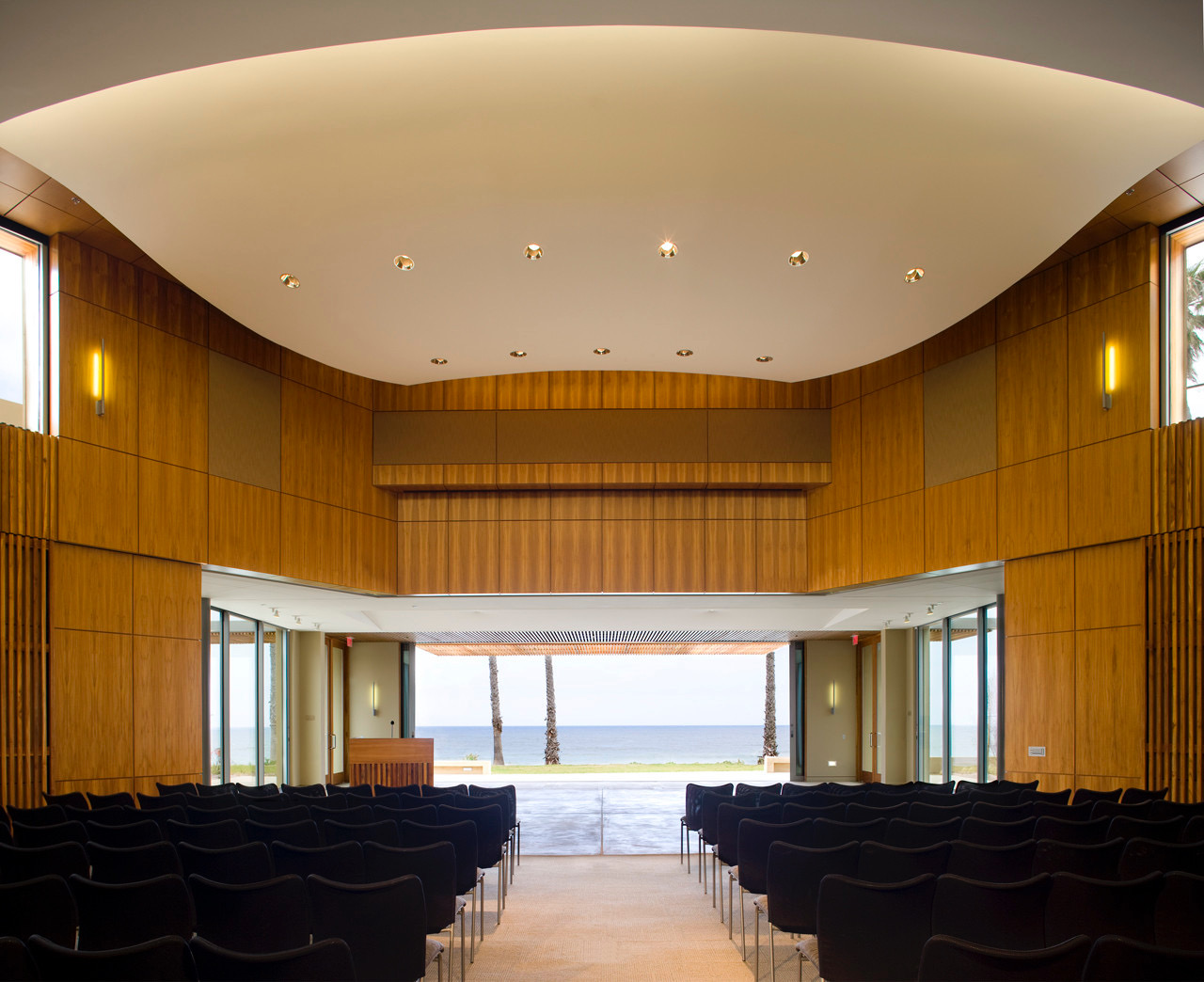
Institutional Seminar Series
(in person)
Thursday, May 12
at Scripps Seaside Forum Auditorium
12:30 p.m. Talks begin w/ Q&A
Food to be served after
-------------------------
The role of conservation technology in the recovery of an endangered reef fish
Abstract: Over the last 2 decades, the population of Nassau Grouper (Epinephelus striatus) on Little Cayman has more than tripled, driven by adaptive and concerted management actions. Today, the population is likely more than 8,000 individuals on an island less than 12 km in length, and 1.5km in width. Throughout this recovery, we have used a wide array of conservation technologies to generate science in support of conservation success. I will discuss the evolution in technologies applied over the years, and highlight our efforts to develop new and emerging technologies for the coming decade.
Modeling untreated wastewater evolution and swimmer illness for four wastewater infrastructure scenarios in the San Diego-Tijuana Border Region
Abstract: The popular beaches of the San Diego-Tijuana border region are often impacted by Mexican-sourced untreated wastewater leading to beach advisories and human health impacts. There are two principal ocean sources: the Tijuana River Estuary (TJRE) and San Antonio de los Buenos outfall at Pt. Bandera (SAB/PTB). The recent US-Mexico-Canada trade agreement will fund infrastructure projects to reduce untreated wastewater flowing into the ocean. Estimating project benefits requires coupling models, which is challenging and has not previously been performed. We develop such a model to estimate shoreline pathogen concentration and swimmer illness risk for the year 2017 for four scenarios of baseline conditions and three infrastructure diversion scenarios which (Scenario A) reduce SAB/PTB discharges and moderately reduce TJRE inflows or (Scenarios B, C) strongly reduce TJRE inflows only. In the Baseline, the percentage of swimmers becoming ill is 3.8% over the year, increasing to 4.5% for the tourist season (Memorial to Labor Day) due to south-swell driven SAB/PTB plumes. Overall, Scenario A provides the largest reduction in ill swimmers both for the tourist season and full year relative to Scenarios B and C that only reduce TJRE inflows.
*Talks will not be recorded.




